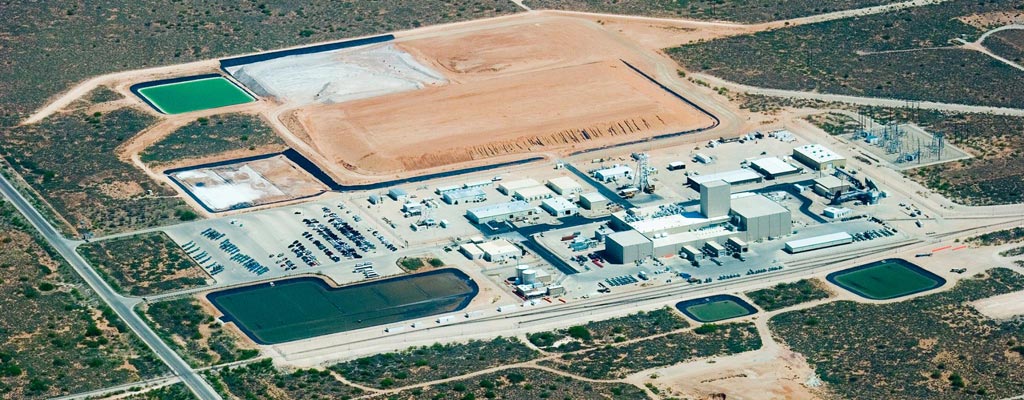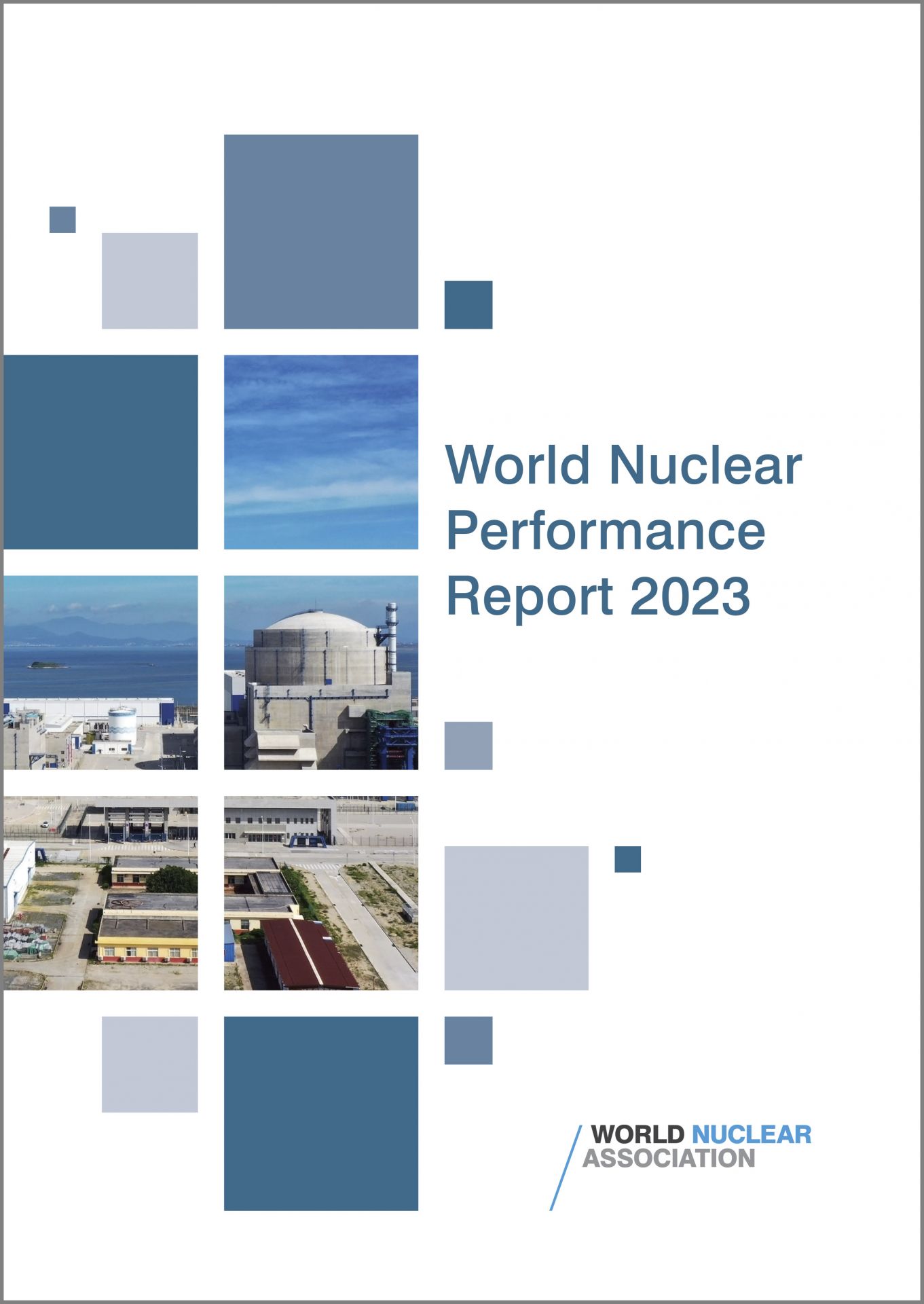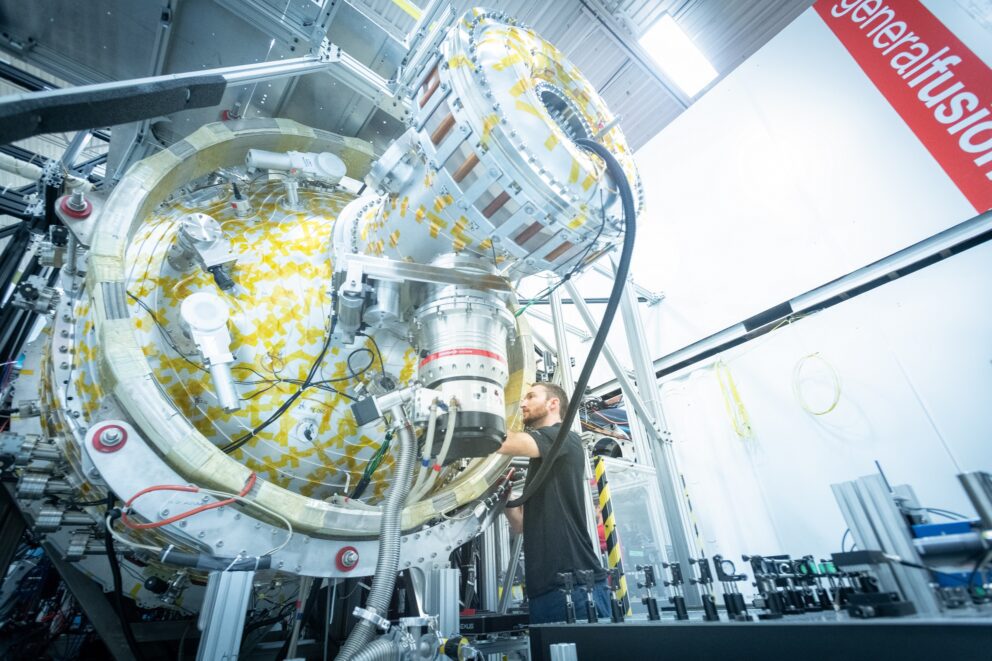Go with the flow
Nuclear thermal hydraulics—for light water reactors or advanced reactors cooled by gas, metal, or salt—is all about defining safety and performance margins as things heat up.
Your most critical assets deserve more than just fences and cameras. NV5’s cutting-edge layered security solutions extend detection and response beyond traditional perimeters. From advanced geospatial analytics to integrated surveillance and access control, NV5 helps you stay ahead of threats before they breach your defenses. Learn more.
Nuclear thermal hydraulics—for light water reactors or advanced reactors cooled by gas, metal, or salt—is all about defining safety and performance margins as things heat up.

After decades of planning and weeks of preparation and checks, the first batch of legacy waste has been retrieved from the Pile Fuel Cladding Silo at the Sellafield nuclear site in West Cumbria, England. According to Sellafield Ltd., the site license company, a state-of-the-art robotic arm was used to reach into the silo and, for the first time, remove and repackage the waste for longer-term storage.
These retrievals mark a significant achievement in progress toward the cleanup and decommissioning of one of the most hazardous buildings on the site, according to Sellafield Ltd., which made the announcement on August 16.
Watch a video about the Pile Fuel Cladding Silo and Sellafield’s waste retrieval operations here.

Energy and security company IP3 has announced an agreement with Green Energy Partners (GEP), a property and project development firm, to pursue clean energy projects by establishing the Surry Green Energy Center “to implement innovative commercial plans targeting baseload and industrial energy needs in Virginia.”

The American Nuclear Society will be hosting a special online event on Friday, August 25, at 11:00 am (ET). The webinar Oppenheimer: Behind the Scenes with Los Alamos National Laboratory will feature representatives from LANL, who will discuss the blockbuster feature Oppenheimer, directed by Christopher Nolan, which premiered last month in theaters.
The Department of Energy’s Savannah River Site in South Carolina will begin a leak tightness test on what it called “the fourth megavolume saltstone disposal unit (SDU)” at the site.
Robotics experts from Sandia National Laboratories and representatives from the Department of Energy Office of Environmental Management’s Technology Development Office recently visited the Sellafield nuclear site in England to discuss how robotics, artificial intelligence, and other emerging tools can be developed and used in nuclear cleanup operations.
The Department of Energy’s Office of Environmental Management said that crews have completed major deactivation efforts at the Alpha-2 building at the Y-12 National Security Complex in Oak Ridge, Tenn. The former uranium enrichment facility is scheduled for demolition next year.
Nuclear research reactors throughout the world enable crucial scientific progress that benefit many sectors, health care and the environment among them. But some of those reactors need an important adjustment: a conversion from using high-enriched uranium fuel to using low-enriched uranium fuel.
The Nuclear Regulatory Commission has directed its staff to issue a final rule and associated regulatory guide that applies risk-informed, performance-based emergency preparedness requirements to small modular reactors and other new technologies, the agency announced on August 14. The technologies include non–light water reactors, research and test reactors, and medical radioisotope facilities.

Québec government–owned utility Hydro-Québec, Canada’s largest power provider, is looking into the feasibility of restarting Unit 2 at the Gentilly nuclear power plant, various Canadian news outlets reported last week.
The Department of Energy’s Office of Science announced $112 million in funding on August 14 for 12 projects designed by fusion scientists, applied mathematicians, and computer scientists to apply high-performance computing and exascale computers to complex fusion energy problems.
The list of projects and more information can be found on the Fusion Energy Sciences homepage.

The Department of Energy today announced a noncompetitive financial assistance cooperative agreement with Southeast New Mexico College, located in Carlsbad, N.M., for educational programs to enhance the knowledge, skills, and abilities of current Waste Isolation Pilot Plant employees while also building and training WIPP’s next-generation workforce.
The Department of Commerce’s Bureau of Industry and Security (BIS) has expanded the scope of its nuclear-related export controls on China and Macao (a special administrative region in southeastern China) by establishing additional nuclear nonproliferation controls and license requirements for items that could “contribute to nuclear activities of concern.” The BIS stated that the action, effective August 11, was taken in response to China’s military modernization and nuclear force expansion.

Rezin

Pritzker
Nuclear advocates may have applauded Illinois Gov. J.B. Pritzker two years ago when he signed legislation providing $694 million to three of the state’s struggling nuclear power plants, but they’re hissing him now: On Friday, Pritzker vetoed S.B. 76, a bill that would have lifted the state’s decades-old moratorium on new nuclear power plant construction.
Introduced in January by Sen. Sue Rezin (R., 38th Dist.), S.B. 76 called for deleting language in the Illinois Public Utilities Act that forbids nuclear plant construction in the state until the Illinois Environmental Protection Agency determines that the federal government “has identified and approved a demonstrable technology or means for the disposal of high-level nuclear waste, or until such construction has been specifically approved by a statute enacted by the General Assembly.”

The International Atomic Energy Agency is launching a new Coordinated Research Project (CRP) to increase international knowledge and drive progress toward testing deep borehole disposal for intermediate- and high-level radioactive waste.

As global concerns about climate change and energy sustainability intensify, the need for cleaner and more efficient energy sources is more critical than ever. Nuclear power consistently emerges as an important part of the solution, driving the development of innovative technologies. While numerous fission technologies were built and proven in the early days of nuclear energy, times and regulations have changed. Between the 1950s and mid-1970s, Idaho National Laboratory built 52 reactors—then paused for five decades. Can this nation return to the frontier once again, embarking on new fission technologies? With a mature regulatory environment and increasing public support, how quickly can a new non–light water system be deployed in modern times?

Bilbao y Léon
 The World Nuclear Performance Report 2023 has been released by the World Nuclear Association (WNA), containing a mix of positive and negative news about the global nuclear power industry. On the positive side, according to the report, nuclear energy in 2022 supplied approximately 10 percent of the world’s electricity and roughly 25 percent of low-carbon clean electricity (second only to hydropower). On the negative side, the total amount of electricity supplied by nuclear energy declined by 4.2 percent in 2022 compared with the previous year, and the nuclear industry as a whole is “not growing fast enough to address the challenges of ensuring energy security, tackling climate change, and providing access to clean energy for all,” said WNA director-general Sama Bilbao y León in remarks at the launch of the report.
The World Nuclear Performance Report 2023 has been released by the World Nuclear Association (WNA), containing a mix of positive and negative news about the global nuclear power industry. On the positive side, according to the report, nuclear energy in 2022 supplied approximately 10 percent of the world’s electricity and roughly 25 percent of low-carbon clean electricity (second only to hydropower). On the negative side, the total amount of electricity supplied by nuclear energy declined by 4.2 percent in 2022 compared with the previous year, and the nuclear industry as a whole is “not growing fast enough to address the challenges of ensuring energy security, tackling climate change, and providing access to clean energy for all,” said WNA director-general Sama Bilbao y León in remarks at the launch of the report.

The International Atomic Energy Agency has carried out the first mission of its Disused Sealed Radioactive Sources Technical Centre peer review service, or DSRS TeC, at the Thailand Institute of Nuclear Technology (TINT) in Bangkok. Held July 18–21, the inaugural mission was supported by funds from the United States.

General Fusion announced on August 9 that it will build a fusion machine called Lawson Machine 26 (LM26) at the company’s new headquarters in the city of Richmond, British Columbia, near Vancouver. The machine is intended to achieve fusion conditions of over 100 million degrees Celsius by 2025 and progress toward scientific breakeven by 2026 to support the company’s vision of commercial fusion energy by the early to mid-2030s.
More than 700 registered attendees descended on Florida’s Marco Island for the ANS Utility Working Conference this week, with many traveling through a wave of severe storms to get there—a fitting start to a meeting themed “Building Resiliency in a Rapidly Changing World.”
Three days of panels and educational sessions formally opened on Monday, August 7, with a plenary on “The Nuclear Industry’s State of Resiliency” featuring three invited speakers: Annie Caputo, NRC commissioner; Bob Willard, president and chief executive officer of the Institute of Nuclear Power Operations; and Jeff Lyash, president and CEO of the Tennessee Valley Authority. Matthew Rasmussen, general chair of the UWC and senior vice president for engineering and operations support at TVA, introduced the speakers following opening remarks from ANS President Kenneth Petersen and ANS Executive Director/CEO Craig Piercy. Together, the plenary speakers pointed to challenges ahead in ensuring effective leadership, nuclear plant resilience, and energy security—and found cause for celebration in the recent and long-awaited announcement of commercial operation at Vogtle-3.